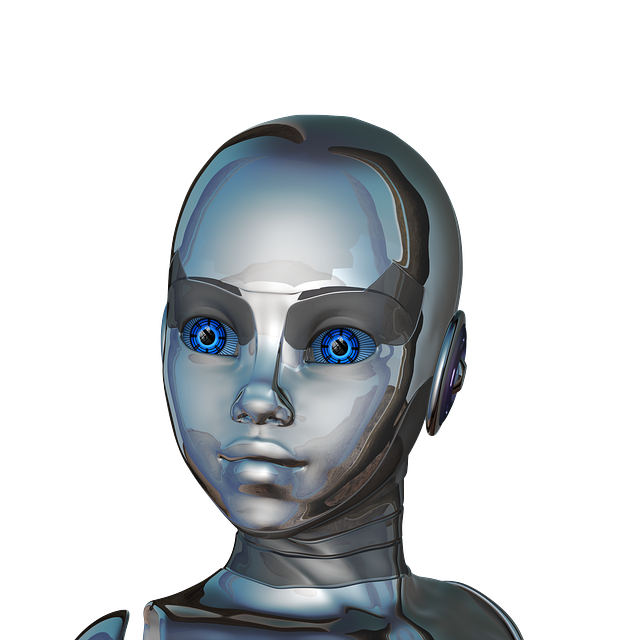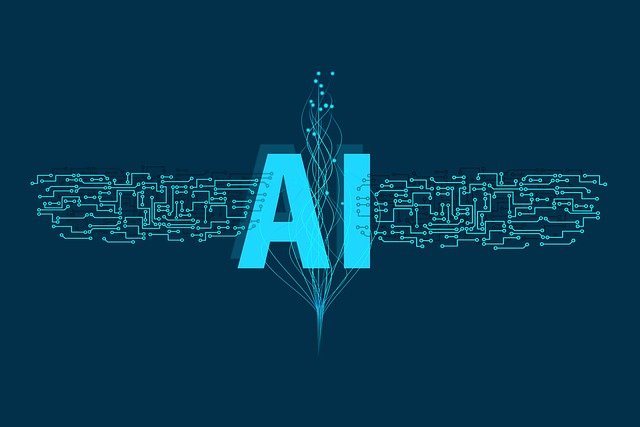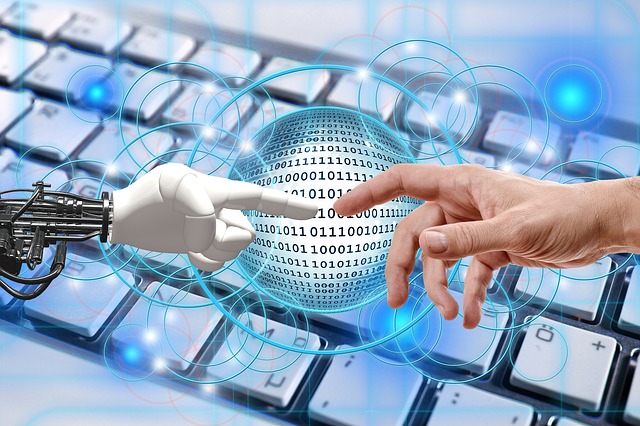
I recently wrote an article for the ANME on ChatGPT and on the benefits but also risks. You can read this here. My view is that AI models like ChatGPT are going to become all the more common and also more and more accurate, and therefore we need to explore them and identify how they might be positively used within education. Seeking to block their use is, in my opinion, guaranteed to fail.
Following my post, I saw a reply on twitter to the article with ChatGPTs view on AI and education. You can see this here. It picked up a couple of points which I hadnt included in my piece and I note that some of my piece actually included content generated by ChatGPT itself. It wasn’t obvious that ChatGPT had a hand in both pieces which suggests it wont be easy to identify where ChatGPT is used.
All this got me thinking about how ChatGPT might benefit IT Services and the IT teams particularly in schools. As such I gave some quick thoughts as to possible uses cases, which I have outlined below:
User guides and Help
ChatGPT can be used to create a knowledge base of information that can be easily accessed by IT staff and other school personnel including simple user and help guides. This seems like the most obvious and easiest use of ChatGPT; I have already tried asking it some questions in relation to iPad related issues and its responses were clear and accurate.
Creating software and other solutions
Where schools are creating their own internal software solutions including website solutions, ChatGPT can help with the basic code building blocks, thereby speeding up development. It will still require human input to finalise the projects and add that bit of creativity and flair however ChatGPT can get us part of the way there, thereby saving time and resources.
Policies, processes and procedure documentation
Writing policy and process documentation can quite often be a long and laborious job but ChatGPT and other AI language models can quickly put together a basic document which human staff can then refine and customise to fit the school.
Chatbots
ChatGPT can be used to create a chatbot that can interact with students and staff, answering questions and providing information. This therefore allows IT support staff to focus on more complex issues or more strategic tasks.
Language Translation
Where schools include non-English speaking students ChatGPT can be used to assist IT support staff in communicating with non-English speaking students and families by providing translations in real-time.
Process automation
A number of the above relate to process automation where ChatGPT is used to automate common support tasks, such as answering frequently asked questions, troubleshooting basic technical issues, and providing instructions for software and hardware. There are likely other areas where simple processes can be automated through the ChatGPT or other AI Language models.
Conclusion
I think one of the key conclusions I arrive at from my thinking is not related to the benefit of using ChatGPT, or other AI language models, in itself, but for the potential for ChatGPT and a human user to work together. This hybrid approach of AI and human is, in my view, the way forward as both complement each other. The AI solution can easily do the basic and repeatable parts of a task, such as creating a user guide, while the human can bring that flair and creativity to make such guides engaging, accessible and usable. It isnt a case of ChatGPT or humans, or ChatGPT replacing humans.
I suspect there are many other applications of ChatGPT within an IT Support or IT Services capacity which are yet to be realised and I look forward to finding out more in terms of how AI Language Models can enable IT staff to deliver, enhance and even redefine the services provided to users in schools and colleges, and to the communities they serve.
These are interesting times!




 A recent post in the
A recent post in the